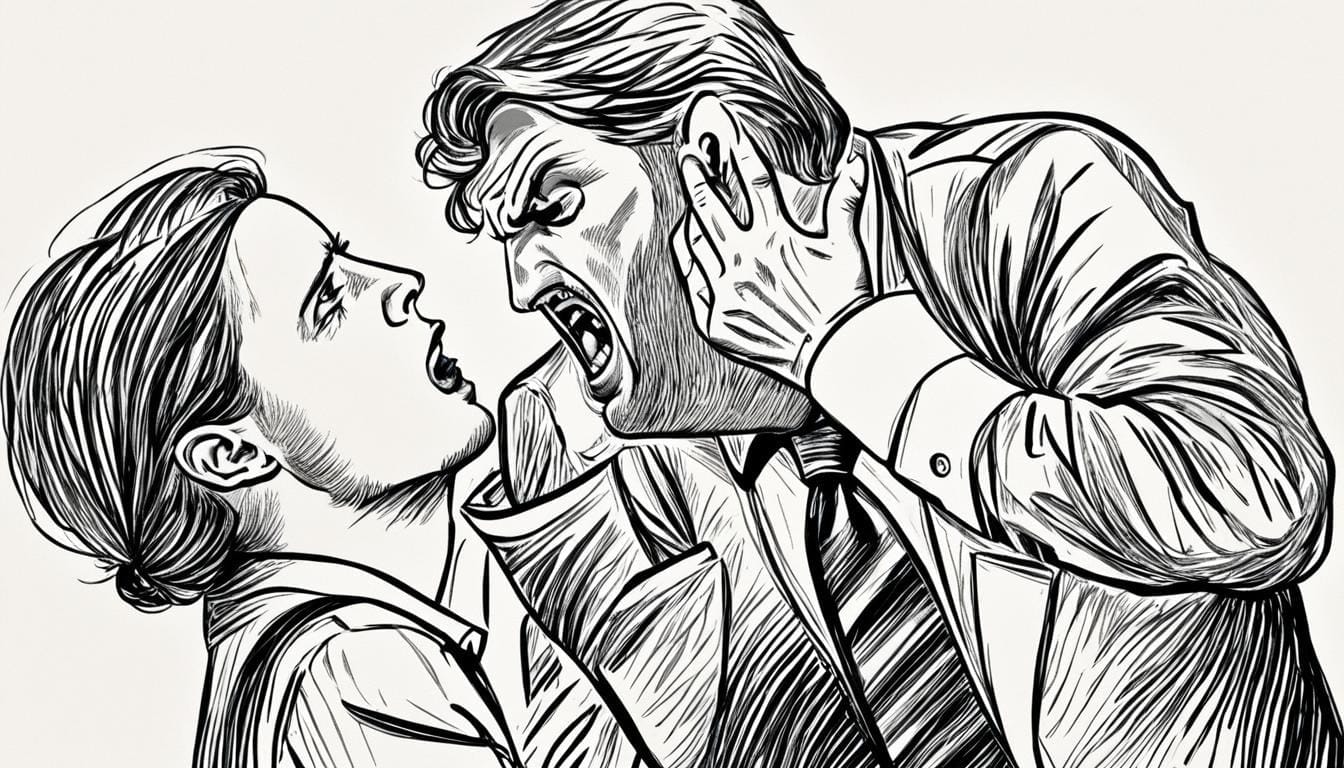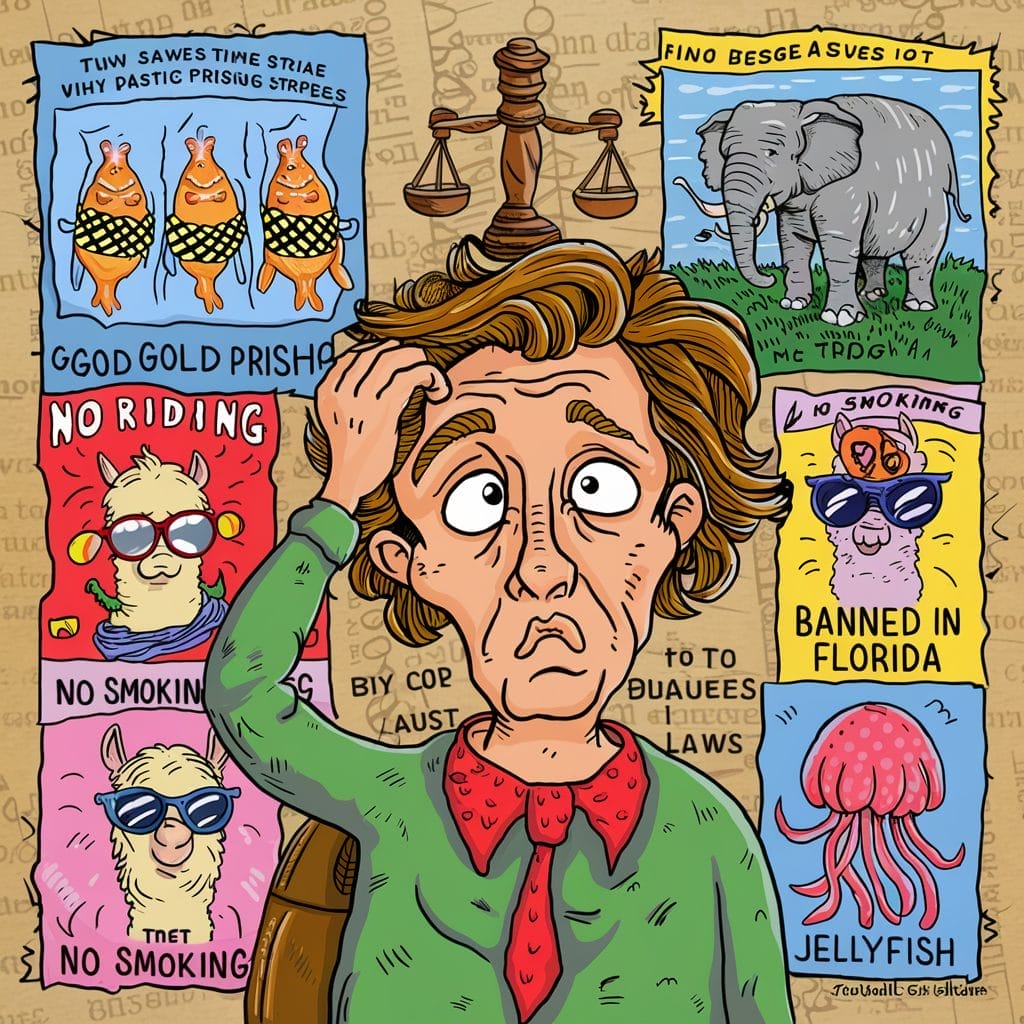In today’s society, it’s essential to have a clear understanding of civil harassment and its legal implications. Civil harassment encompasses a range of disturbing behaviors that can cause emotional distress and disrupt someone’s life. From stalking to threats, civil harassment is a serious issue that requires attention and action.
But what exactly does civil harassment mean? In simple terms, civil harassment refers to a legal dispute where one individual claims undue distress due to another’s actions. These actions can include behaviors that scare, annoy, or harass someone without a legitimate purpose. It’s important to note that civil harassment does not involve a close family or intimate relationship like domestic violence.
If you or someone you know is facing civil harassment, it’s crucial to understand the legal definition and seek appropriate help. This article will delve into the various aspects of civil harassment, including its definition, types, legal criteria, protection options, and legal proceedings.
Through this comprehensive guide, we aim to provide you with the knowledge and resources needed to navigate and address civil harassment effectively. Remember, you don’t have to face civil harassment alone. Let’s explore this topic further and shed light on the different aspects surrounding civil harassment.
Types of Abuse or Harassment Cases in Civil Court
In civil court, there are four main types of abuse or harassment cases: domestic violence, elder or dependent adult abuse, civil harassment, and workplace violence.
- Domestic Violence: This type of abuse involves abusive behavior or threats of abuse between individuals in a close relationship, such as spouses, partners, or relatives.
- Elder or Dependent Adult Abuse: This category focuses on the mistreatment of elderly individuals or those with certain mental or physical disabilities.
- Civil Harassment: Civil harassment encompasses various forms of abuse, including threats of violence, stalking, or serious harassment, by someone with whom there is no close family relationship. It extends beyond domestic violence cases.
- Workplace Violence: Workplace violence refers to harassment that primarily occurs at work and is often addressed by the employer who seeks protection for the affected employee.
Each type of abuse or harassment case carries unique characteristics and requires proper intervention and legal action to protect the victims.
Examples and statistics:
To provide a clearer picture, let’s examine some examples and statistics related to these types of abuse and harassment cases:
| Type of Abuse or Harassment | Examples | Statistics |
|---|---|---|
| Domestic Violence | Physical assault, verbal threats, controlling behavior | According to the National Coalition Against Domestic Violence, an estimated 10 million people experience domestic violence each year in the United States. |
| Elder or Dependent Adult Abuse | Neglect, financial exploitation, emotional abuse | The National Council on Aging reports that approximately 1 in 10 Americans aged 60 and older have experienced some form of elder abuse. |
| Civil Harassment | Stalking, cyberbullying, persistent unwanted contact | Exact statistics on civil harassment cases may vary, but various studies indicate a significant prevalence of harassment in society. |
| Workplace Violence | Verbal threats, physical assault, harassment | The Occupational Safety and Health Administration (OSHA) states that nearly two million American workers report being victims of workplace violence each year. |
Understanding the different types of abuse or harassment cases in civil court is essential for addressing and preventing such behavior, ensuring the safety and well-being of individuals in various social contexts.
Understanding Civil Harassment Laws and Criteria
Civil harassment laws play a vital role in identifying and addressing instances of civil harassment. These laws establish the criteria that define the behaviors that constitute civil harassment, ensuring that individuals facing harassment are protected by the legal system.
Civil harassment encompasses both unlawful violence, such as assault, battery, and stalking, as well as credible threats of violence. A “credible threat of violence” refers to intentional statements or actions that would reasonably make a person fear for their safety or the safety of their family.
Harassment, as defined by civil harassment laws, involves conduct directed at a specific person that seriously alarms, annoys, or harasses them without a valid reason. It must cause substantial emotional distress to the person seeking court protection.
The Criteria for Civil Harassment
The specific criteria for civil harassment may vary depending on the jurisdiction, but they generally include the following:
- Unlawful violence, such as assault or stalking
- Credible threats of violence
- Conduct that seriously alarms, annoys, or harasses a specific person
- Behavior with no valid reason or legitimate purpose
- Causes substantial emotional distress to the person seeking court protection
Meeting these criteria is essential when seeking legal protection against civil harassment. By clearly defining the behaviors that constitute civil harassment, these laws empower individuals to take action and safeguard their well-being.
How Civil Harassment Laws Protect Individuals
Civil harassment laws provide necessary legal recourse for individuals facing harassment. They allow victims to seek restraining orders, a common form of legal protection against harassment.
A restraining order prohibits the harasser from contacting the victim and may include restrictions on their proximity to the victim’s workplace or family members. Violating a restraining order can lead to arrest, providing victims with an additional layer of security.
Additionally, civil harassment laws enable victims to pursue legal action and seek damages for the harm caused by the harassment. This can include compensation for emotional distress and any property damage resulting from the harassment.
Understanding Civil Harassment Laws and Seeking Help
Being aware of civil harassment laws and understanding the criteria for civil harassment is crucial for individuals who may be experiencing harassment. In situations where civil harassment occurs, seeking legal counsel from professionals experienced in handling civil harassment cases is essential.
To effectively navigate the legal system and ensure the best possible outcome, it is advisable to consult with a lawyer who can provide guidance, support, and representation throughout the process.
Legal Protection and Remedies for Civil Harassment
Victims of civil harassment have legal options to seek protection and remedies. One common form of legal protection is obtaining a restraining order, which prohibits the harasser from contacting the victim and may include restrictions on their proximity to the victim’s workplace or family members. Victims can also seek damages through filing a lawsuit for the harm caused by the harassment. Damages can include compensation for emotional distress and any property damage resulting from the harassment. Restraining orders can be enforced by law enforcement, and violating them can lead to arrest.
Restraining Orders
A restraining order is a legal document issued by a court that mandates the harasser to stay away from the victim and refrain from any form of contact. It serves as a protective measure to ensure the victim’s safety and well-being. Restraining orders can vary in terms of the extent of protection they offer, including restrictions on proximity, communication, and physical contact. The specific requirements for obtaining a restraining order may vary depending on the jurisdiction and the circumstances of the case.
Damages for Civil Harassment
Victims of civil harassment may seek damages through filing a lawsuit against the harasser. Damages can be awarded to compensate for various losses and injuries caused by the harassment, including:
- Emotional distress: Compensation for the psychological and emotional harm suffered as a result of the harassment.
- Property damage: Reimbursement for any damage caused to the victim’s property as a result of the harasser’s actions.
The amount of damages awarded can vary depending on factors such as the severity of the harassment, the impact on the victim’s life, and any additional costs incurred as a result. It is important for victims to consult with an attorney to determine the appropriate legal action and pursue the maximum compensation available.
| Legal Protection | Restraining Orders | Damages |
|---|---|---|
| Prohibits contact | Yes | No |
| Restrictions on proximity | Yes | No |
| Enforceable by law enforcement | Yes | No |
| Compensation for emotional distress | No | Yes |
| Compensation for property damage | No | Yes |
Civil Harassment Hearing and Legal Proceedings
In a civil harassment case, a hearing is held to determine the validity of the claims and whether a permanent restraining order should be issued. During the hearing, the victim can present evidence, such as witnesses, photos, written threats, and other supporting materials, to prove that harassment has occurred. The standard of proof in civil harassment cases is higher than in most civil disputes but lower than in criminal trials. If the judge finds sufficient evidence of harassment, they can issue a permanent restraining order. The named person must be served with the order, and violating the order can result in arrest.
Here, we have an image that represents the concept of a civil harassment hearing. The alt attribute for the image is “civil harassment hearing.” The image showcases the importance of presenting evidence and making a case in a courtroom setting, which is relevant to understanding the legal proceedings in civil harassment cases.
Key Steps in the Civil Harassment Hearing Process
| Step | Description |
|---|---|
| 1 | Notify the court: The victim files a petition for a restraining order, initiating the legal process. |
| 2 | Temporary restraining order: If the court finds sufficient evidence, a temporary restraining order may be issued to provide immediate protection to the victim. |
| 3 | Serving the order: The named person is served with the temporary restraining order, alerting them to the legal restrictions placed upon them. |
| 4 | Hearing preparation: The victim gathers evidence, such as witness testimonies, photographs, and written threats, to support their case. |
| 5 | The hearing: Both parties present their arguments, evidence, and witness testimonies before the judge. |
| 6 | Judge’s decision: The judge reviews the evidence and determines whether a permanent restraining order should be issued. |
| 7 | Permanent restraining order: If the judge finds sufficient evidence of harassment, they issue a permanent restraining order to protect the victim from further harm. |
| 8 | Order enforcement: The named person must obey the terms of the restraining order, and violating it can result in arrest. |
This table outlines the key steps involved in the civil harassment hearing process. It provides a clear and concise overview of the various stages, from filing the petition to the enforcement of the permanent restraining order. This information helps individuals understand the sequential progression of events in a civil harassment case.
Conclusion
Civil harassment is a serious issue that can have a profound impact on an individual’s well-being and quality of life. By understanding the legal definition and the various forms of behavior that constitute civil harassment, individuals can better recognize if they are experiencing it and take appropriate action.
Obtaining legal protection is crucial for victims of civil harassment. Restraining orders can provide a necessary barrier between the victim and the harasser, prohibiting any contact and ensuring a level of safety. Additionally, seeking remedies for the harm caused by civil harassment, such as filing a lawsuit for damages, can help victims reclaim their sense of security and peace of mind.
If you believe you are a victim of civil harassment, it is vital to consult with a lawyer who specializes in these cases. They can provide valuable guidance throughout the process, ensuring your rights are protected and helping you navigate the legal proceedings.













